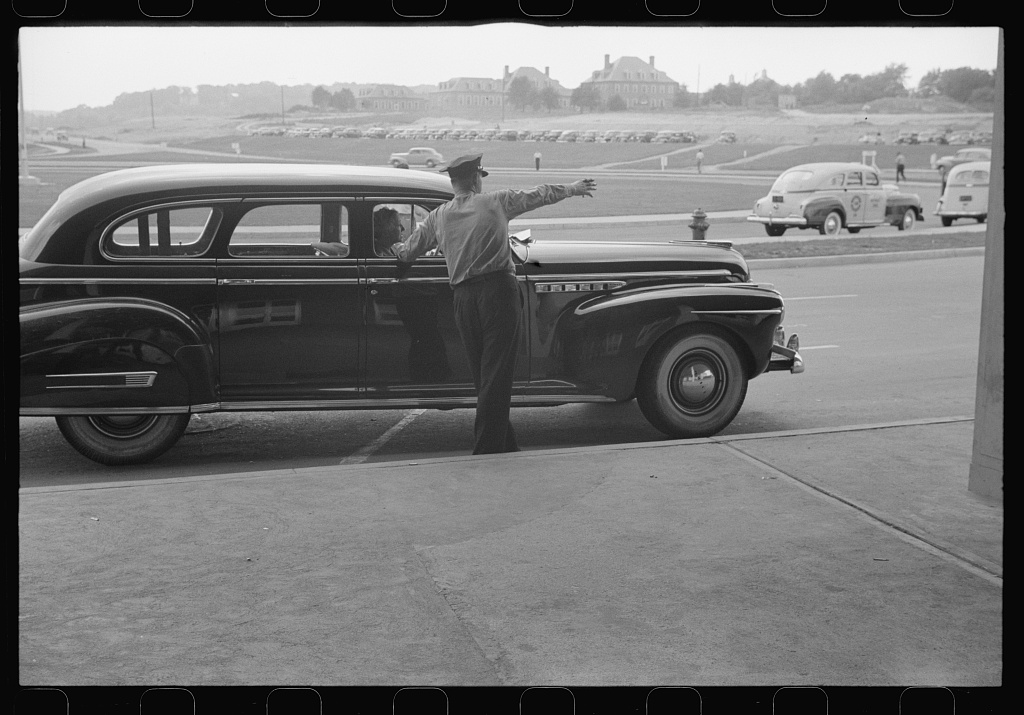
Giving directions is one of the 8 Essential Teaching Tools. Directions provide the information learners need to engage in learning tasks. Clear directions begin with verbs helping students to know what action is expected. Directions are sequenced and short and often posted for students to refer to while learning.


Clear teacher directions support student autonomy.

Adjusting directions requires no additional planning time or materials and has a huge impact on student engagement.


There’s more to having students to follow directions than clear communication. The key to effective directions is to stand in one place and circulate only after all students have begun the task. Teachers stand in one place when giving directions and adjust directions until all students are engaged in learning. Teachers may call a few students to them for a short mini-lesson or to model a strategy. The goal is for all students to be able to begin the task following teacher directions.
Directions for peer discussions are one of the most complex and difficult types of directions that teachers use in every lesson. Use the resources below to learn about the components of peer discussion directions and how to adjust directions in response to student learning needs. Understanding how to give directions is an essential component of implementing effective learning routines that meet the specific needs of students.
Practical Tips for Teaching Online Small Group Discussions. (2020, April 23) ASCD Express http://www.ascd.org/ascd-express/vol15/num16/practical-tips-for-teaching-online-small-group-discussions.aspx
Direction correction: Getting the directions you want. ASCD Express, April 23, 2020. (2020, April 23) ASCD Express http://www.ascd.org/ascd-express/vol15/num16/direction-correction-getting-the-discussions-you-want.aspx
Image Citation
Delano, J., photographer. (1941) Getting directions from a policeman at the municipal airport in Washington, D.C. District of Columbia Washington D.C. Washington D.C. United States, 1941. July. [Photograph] Retrieved from the Library of Congress, https://www.loc.gov/item/2017750146/.

